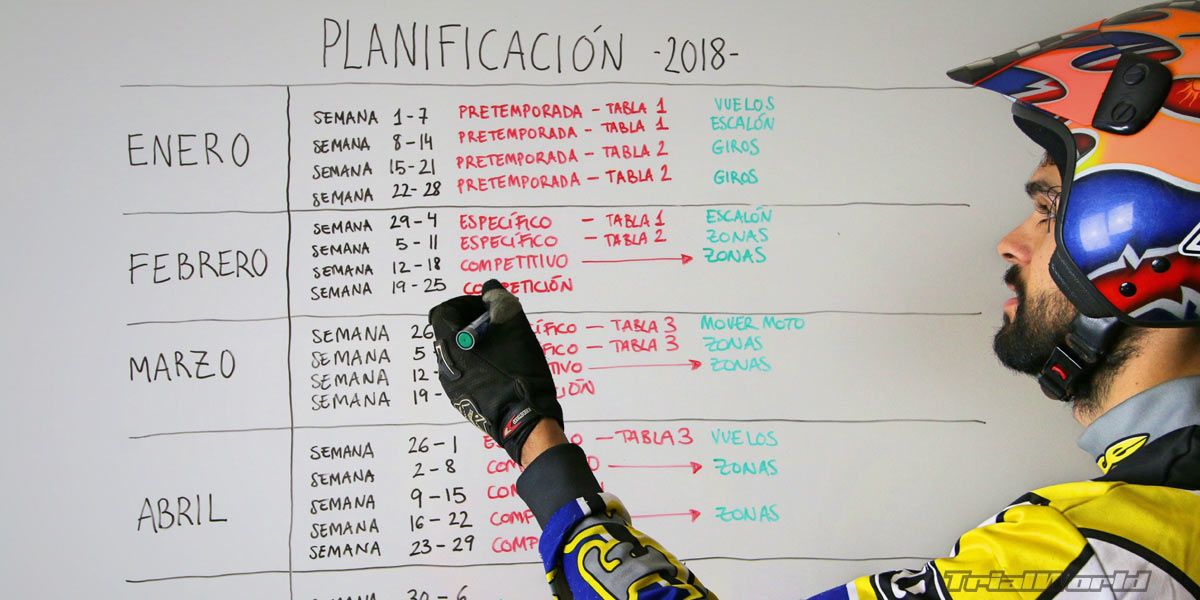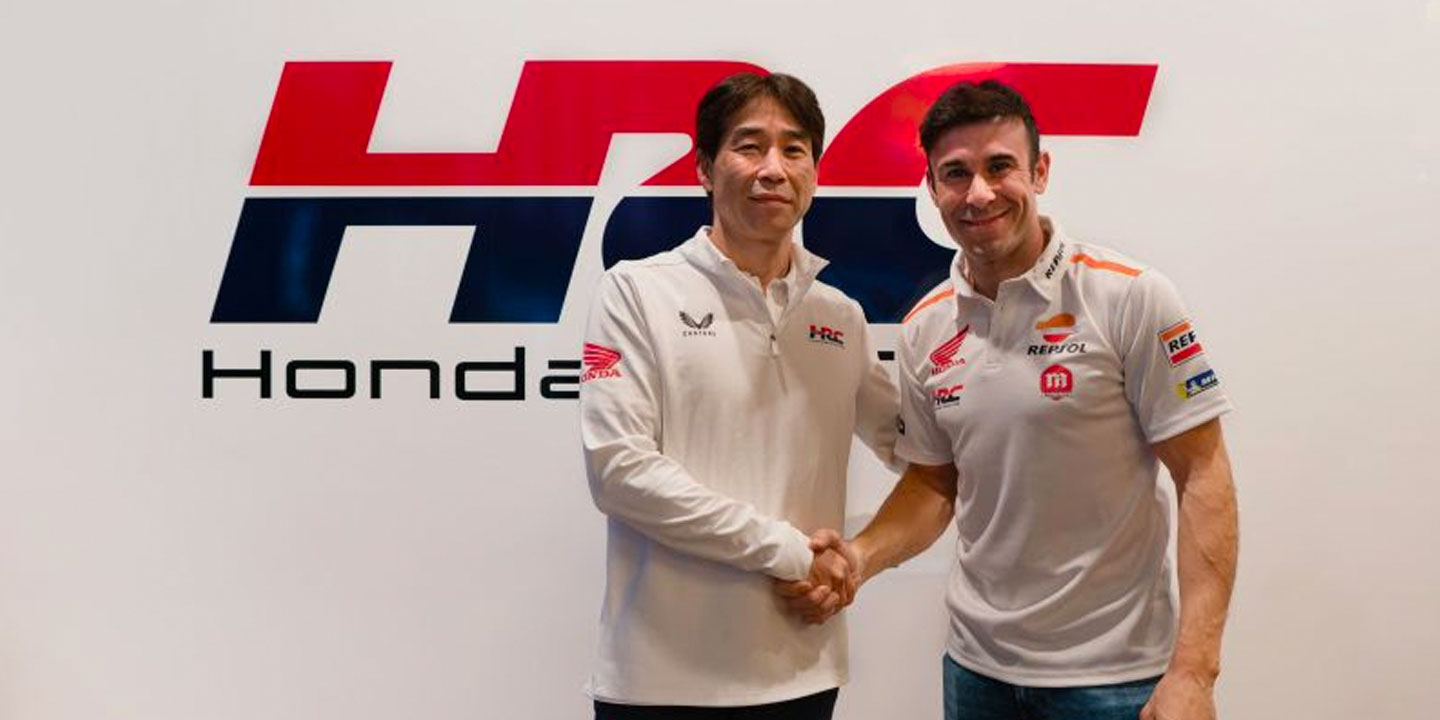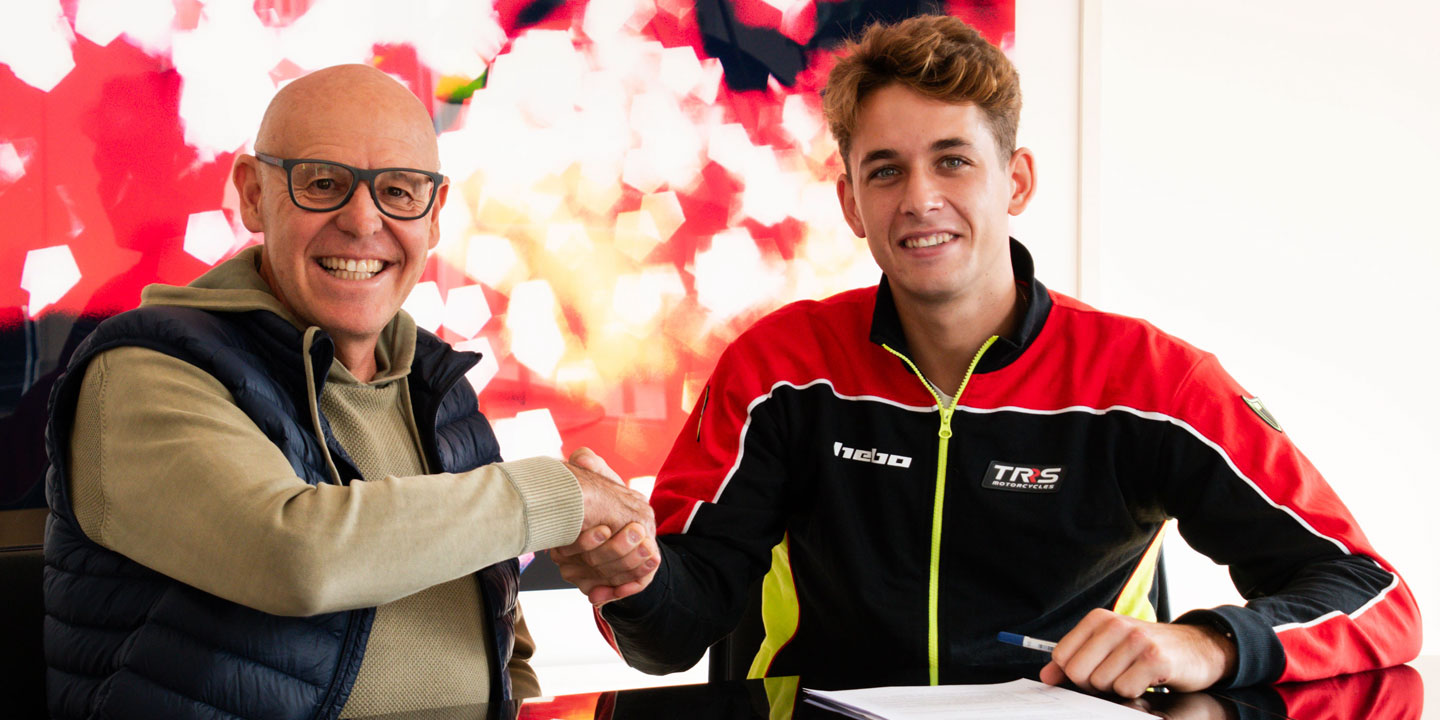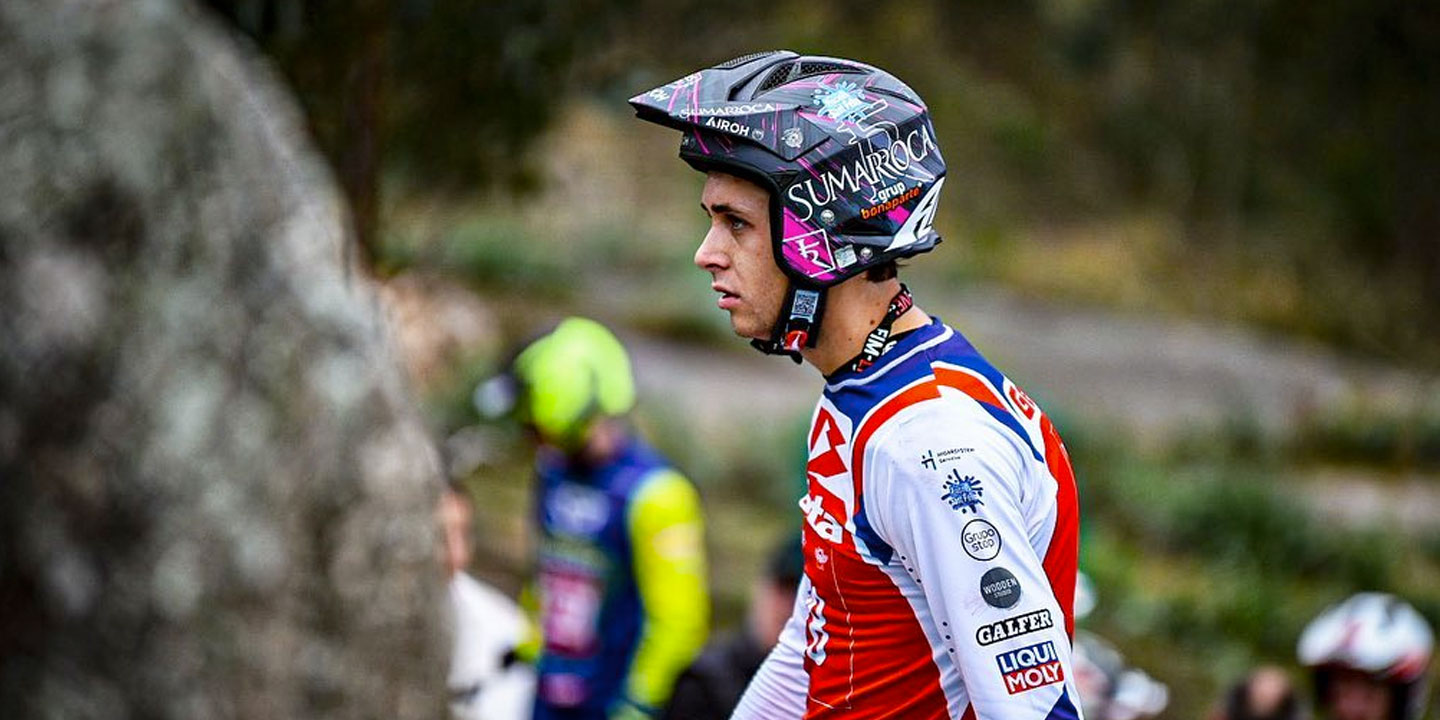The fact that you have more endurance or feel more agile in your movements is something that makes a difference in your enjoyment. But you will also have seen the importance of your skills in handling the bike. I’m talking about things like balance, coordination, or temperance. While it is true that many trialists have these skills naturally, it is also true that all of them can be trained. That’s why we don’t want you to settle if you “didn’t have them integrated as standard”.
We want to help you improve everything related to your body so that you can improve on the
trial bike.
Whether you compete or not, having control over your body and mind will allow you to progress instead of remaining stagnant in your usual trial. Preparing your physique for trials will allow you to improve your performance on the bike and your results in the zones.
Whatever driver you are, whether you compete in TR1, TR2, TR3, classics etc. As if you simply go out on Sundays to enjoy yourself, it is important that you take an interest in improving your physical performance or your skills to enjoy the bike more and avoid injuries.
In this new section we want to give you the training keys you need, presented in a practical and simple way. That’s why we’re going to start with the first step to achieve a good performance this season.
#1. Planning
The first thing you need to learn is how to organize your trial training. This organization will involve adjusting your physical preparation to the competitions or events you are interested in arriving in the best shape.
Why do you need planning?
In trial there are many physical qualities that influence your handling: endurance, coordination, balance, agility, explosiveness, etc. All of them make up the complete pilot. But as there are so many factors, you can’t work on them all at the same time without control or planning, but you need a schedule that allows you to organize your physical conditioning and your evolution on the bike.
To do this, take pen and paper and answer the following questions:
What are the competitions I want to arrive at in my best shape?
December, January and February are the ideal months to plan. Write down the competitions in your calendar to have an overview of the time you have to prepare before the event, and also the time you have between competitions to recover and get ready for the next one. Only then will you be able to calculate the time to dedicate to physical preparation, riding the bike and resting.
What are the most important skills in trial?
Analyze what are the skills that make a pilot ten. In this case, it would be necessary to differentiate between physical skills and mental skills, since both subjects are “trainable” but in different ways.
From our point of view, the most important physical skills for trials are:
-Resistance.
-Agility.
– Range of motion.
-Balance.
-Coordination.
-Explosiveness.
As for the mental skills that the trial rider should work on, we would highlight the ability to concentrate, emotional management and temperance.
– Where do you think you would need to improve?
Analyze your
riding on the trial bike
and identify what physical qualities hinder you from improving in your trial. Acknowledging failures is the first step to overcoming them.
If you want to go further and work on mental control, you should also analyze whether some of your feet in areas that you would have technically overcome without penalty have been due to factors such as lack of concentration, difficulty controlling your nervousness or even a pessimistic mentality. Remember that everything is “trainable.”
Once you’ve done the analysis, you have all the information you need to get to work. Now you must organize your year to be able to work on all the qualities you want to improve.
#2. Programming
You should do everything you can to arrive at your important competitions in the best shape you are capable of without accumulating fatigue derived from training. This is very important.
To achieve this, you must divide your preparation into 3 main periods:
Base Period
During this period, you will find yourself in one of these situations:
-Preseason
– Gap of several months between important competitions
– Getting back in shape after an injury or a season off.
In the basic period you are going to do the greatest volume of physical work that your preparation requires, so it will be a stage in which you generate a lot of fatigue. That’s why he should stay away from the competitions you want to get to in your optimal shape.
It’s time to train the physical qualities that form the basis of your preparation.
Everything you work on for your physical preparation will be geared towards:
1. Increase Your Aerobic Endurance Base
2. Increase Your Resistance to Strength
3. Increase Your Maximum Strength
4. Increase your coordination
5. Increase Your Range of Mobility and Flexibility
It’s also the perfect time to practice the technical skills that cost you the most, so that you can improve your technique on the bike
and then achieve that physical grip. You should take the opportunity to
learn how to move the trial bike better
,
how to make sharp turns
, how to fly over a rock, etc.
This is the time to sign up for a
trial school
like TrialWorld School or rehearse on your own setting specific goals.
Depending on your starting fitness and the demands of your competition schedule, this period will have a different length. The more trained you are, the less time you need. Your technique and basic physical qualities will be more settled and you will only have to do a fine-tuning of a few weeks or, at most, a couple of months. But if you are just starting out in trial or you have just started to train physically for the bike, you should endure in this period between 2 and 3 months.
Specific Period
It will be time to transform all those physical improvements that you have acquired in the basic phase and that make up your new state of form, to transfer them to the trial. You will enter this stage when you are approximately 2 months away from your first major competition.
In this period you will work on the following:
– Transfer of force to balance
– Coordination with balance
– Fatigue tolerance: staying focused and making temperate decisions during times of high physical fatigue
– Joint range of motion and flexibility
As for your trial technique, it will be a good time to increase your rides with the bike and start introducing learning in areas and situations with “rules”. It’s time to stabilize and apply everything you’ve improved.
I recommend that you sign up for races that don’t score or events that don’t put any pressure on you to incorporate them as part of your motorcycle training. You can also take advantage of these events to start an emotional control work in which you are focused on observing your sensations (use mindfulness) to then be able to extract your reactions and work on them.
You will begin to become aware of your mind and your emotions without judging them, so that you can then control them in the competitive period. And don’t forget to keep using visualization, which is always very important.
Competitive Period
It’s time to experience your physical and technical improvements. All the previous work will have been done to arrive in the best possible shape at this moment.
This period will coincide with your important competitions, entering it approximately a couple of weeks before the appointed dates.
In this period, the goal is to reproduce real race situations in training, but without generating fatigue. You’ll focus on:
– Train with the bike in curb areas with signs, trying to minimize errors, and thus practicing competition simulations. Get into the role as much as you can, trying to reproduce as much as possible what you are going to find in the race.
– Greatly reduce the volume of physical training. You will train a few days a week (1 or 2 days) but with a lot of intensity. And never do it immediately before or right after your competition.
– Perform stretching sessions to gain flexibility and mobility, maintaining your muscle health. Practicing yoga is a good formula to achieve both physical and mental benefits, since it promotes states of concentration and relaxation that will help you in competition.
Ref: Dr. Vicente Javier Clemente Suárez; Planning, Monitoring and Control of UEM Training, Madrid.
Throughout the year you will be able to repeat the specific and competitive periods as many times as necessary according to your competition calendar.
If you plan your races and training in this way, you will also be planning your progress and your victories. If you are constantly training, your efforts are well coordinated and point to a clear goal, your way of riding the bike will be a thousand times better, both in quality and enjoyment.
Grab your calendar, mark your periods, and plan the workouts that will take your trial to the next level.
A report by
Powering OffRoad




















